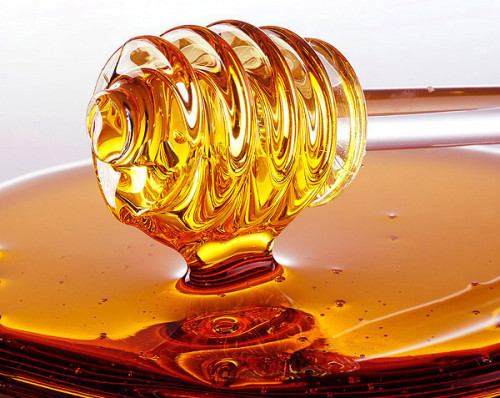The utilization of ultrasound technology in honey production has emerged as a game-changer, offering a multitude of advantages that contribute to superior quality, extended shelf life, and enhanced nutritional benefits.
First and foremost, the application of ultrasound in honey processing occurs at a controlled temperature range of 32-34°C. This gentle thermal environment ensures that the delicate polyphenols present in honey are preserved, avoiding any detrimental effects of thermal stress. As a result, the honey retains its natural flavor, aroma, and beneficial bioactive compounds that contribute to its overall quality.
Moreover, ultrasound plays a pivotal role in reducing the bacterial load in honey. Through a process known as sonication, ultrasonic waves effectively disrupt and destroy bacterial cells, significantly reducing microbial activity. This bacterial reduction not only enhances the safety and microbiological quality of the honey but also extends its shelf life by inhibiting spoilage and fermentation.
One of the most tangible benefits of ultrasound in honey production lies in its ability to prevent surface sugar crystallization and subsequent hardening of the honey, particularly on the top layer. By subjecting the honey to ultrasonic vibrations, the formation of large sugar crystals is hindered, resulting in a consistently smooth and homogenous texture throughout. This desirable attribute ensures that the honey remains visually appealing, easily spreadable, and enjoyable to consume, even at lower temperatures.
Beyond texture and appearance, ultrasound also plays a crucial role in improving the nutritional profile of honey. By subjecting the honey to ultrasonic waves, the macronutrients and micronutrients present in the honey are finely dispersed and homogenized. This process enhances the digestibility and bioavailability of these essential nutrients, facilitating optimal absorption in the intestines. As a result, consumers can reap greater nutritional benefits from the honey, making it an even more valuable addition to a healthy diet.
In conclusion, the integration of ultrasound technology in honey production revolutionizes the industry, offering a range of remarkable advantages. From preserving the integrity of polyphenols to reducing bacterial load, preventing crystallization, and enhancing nutritional benefits, ultrasound ensures that honey reaches consumers in its purest form. Embracing this advanced technology empowers honey producers to deliver a superior product with extended shelf life, consistent quality, and enhanced nutritional value, delighting honey enthusiasts worldwide.

